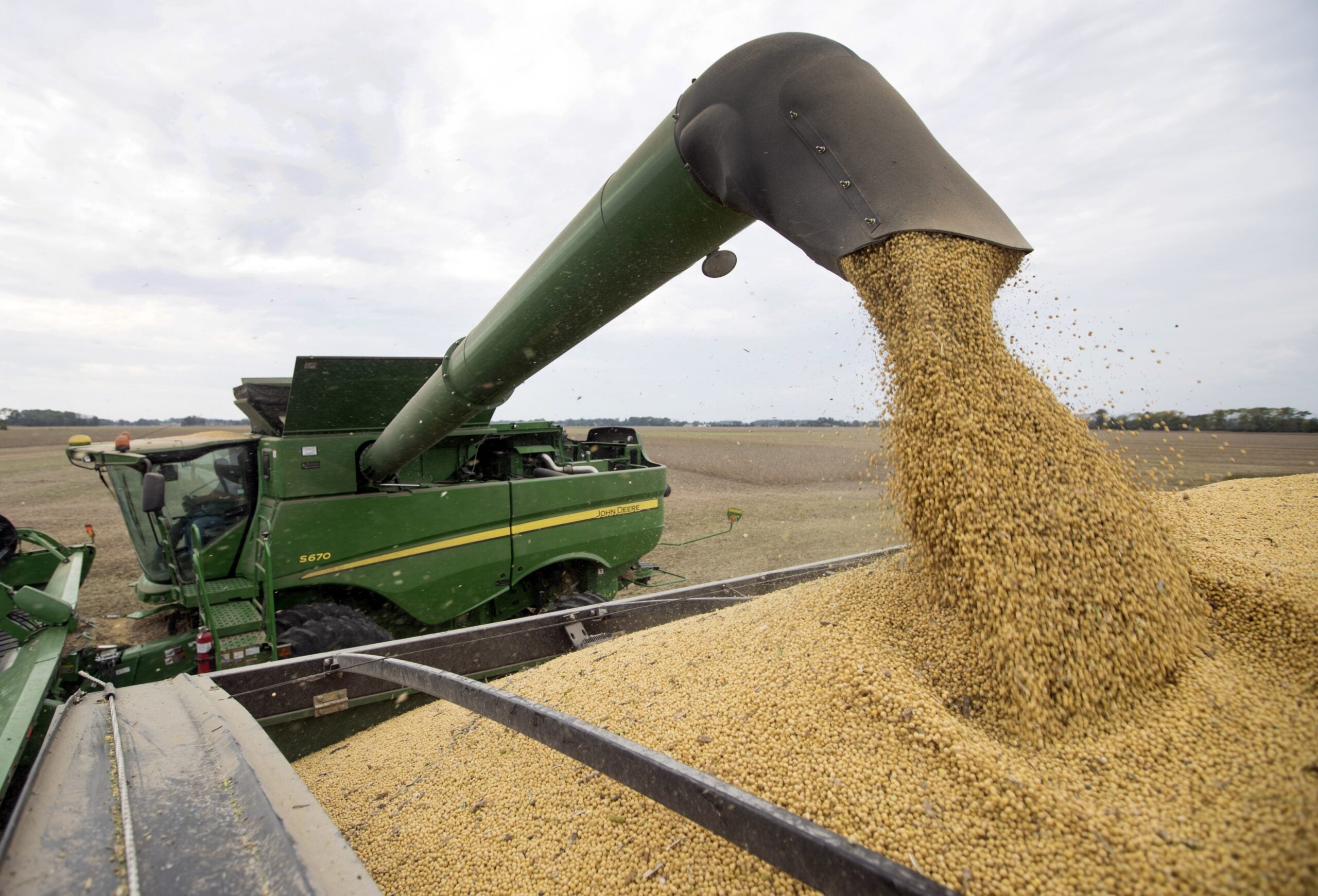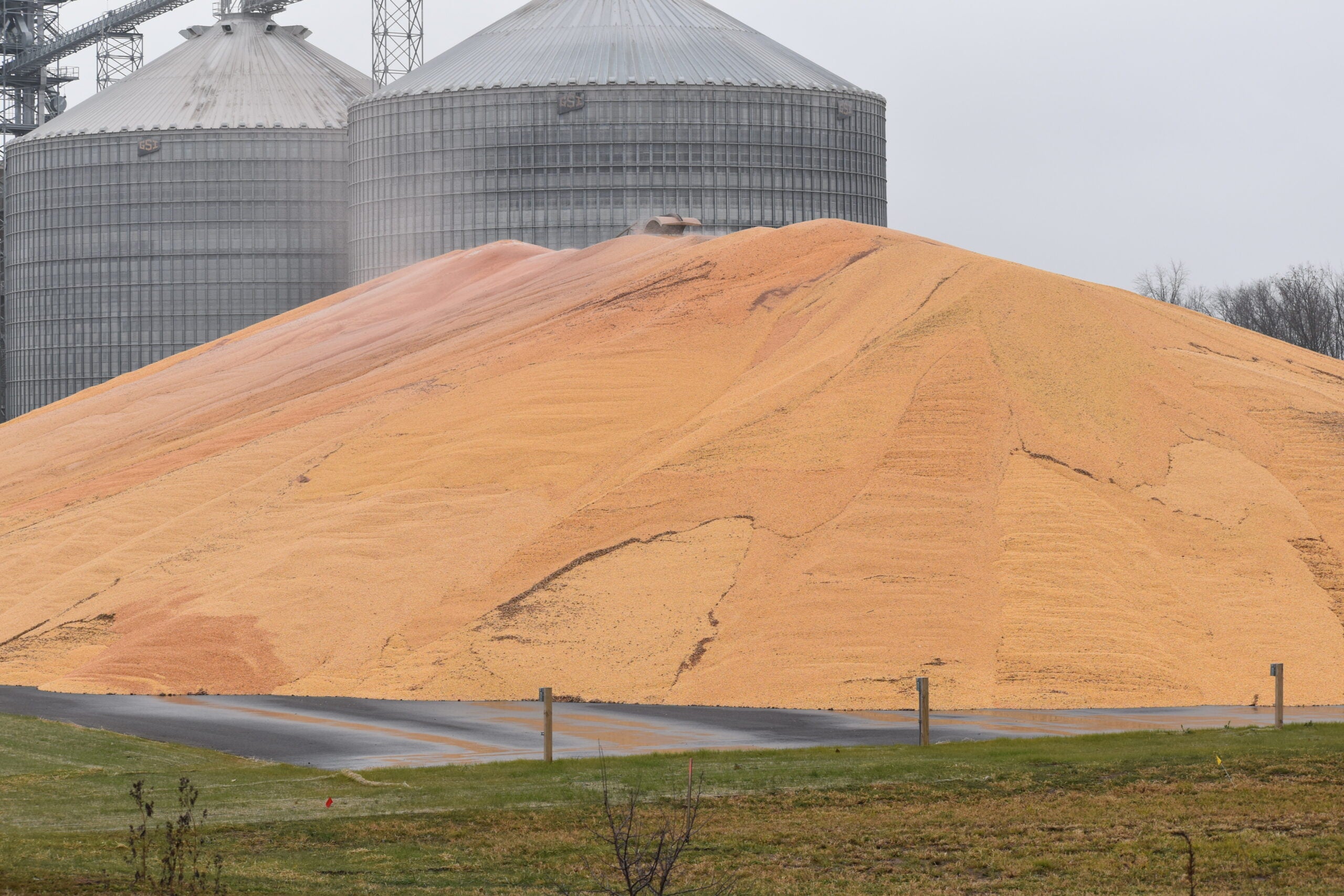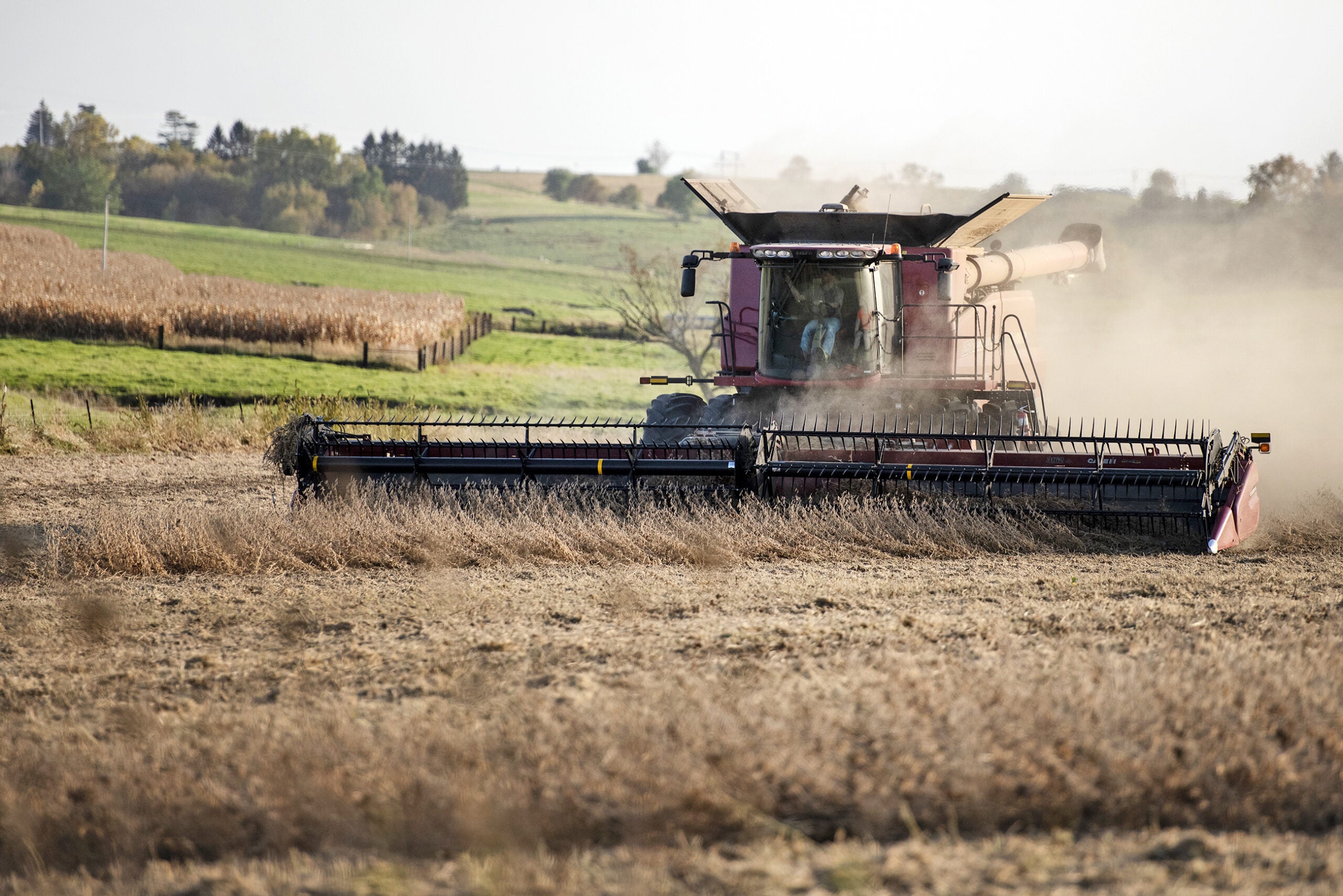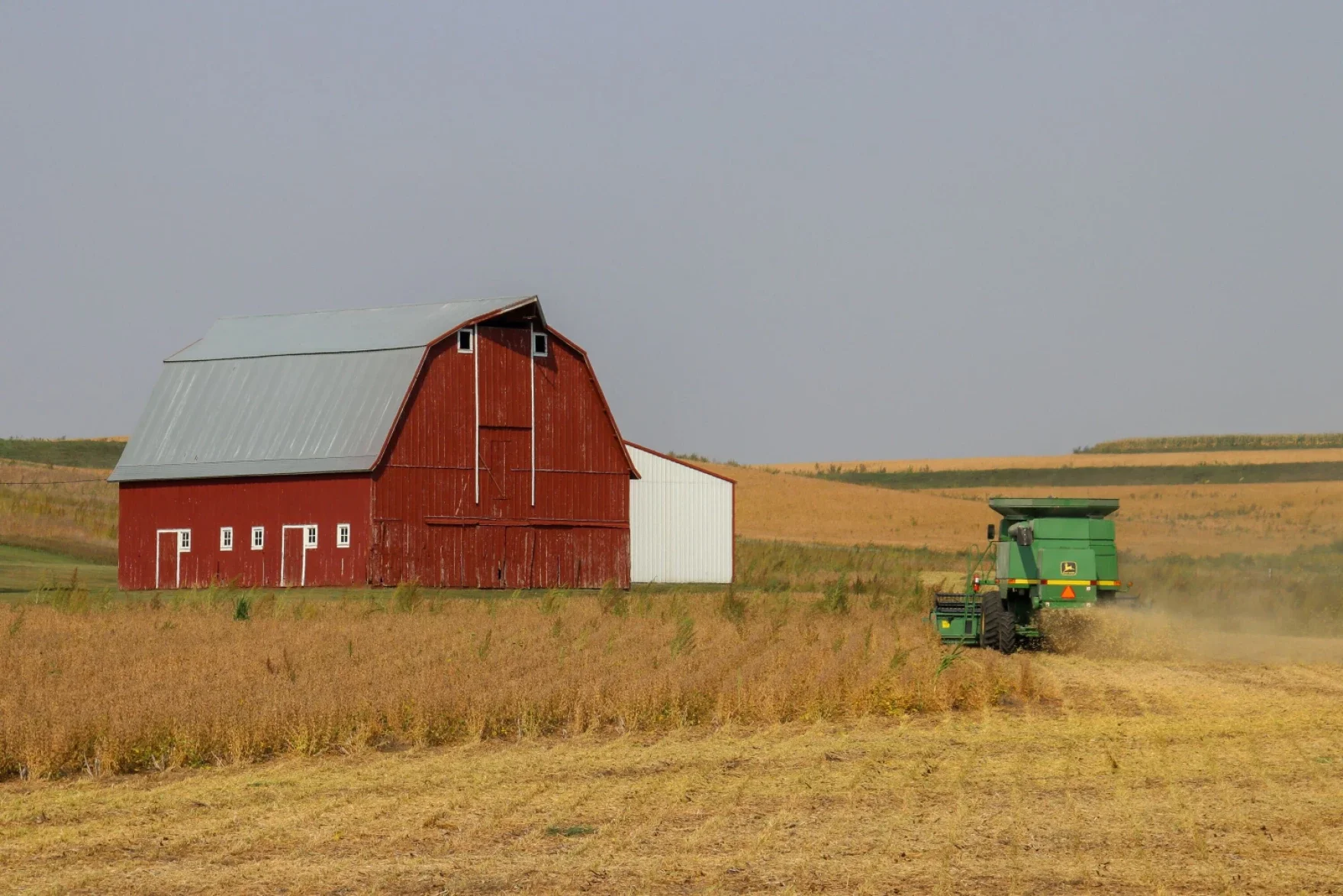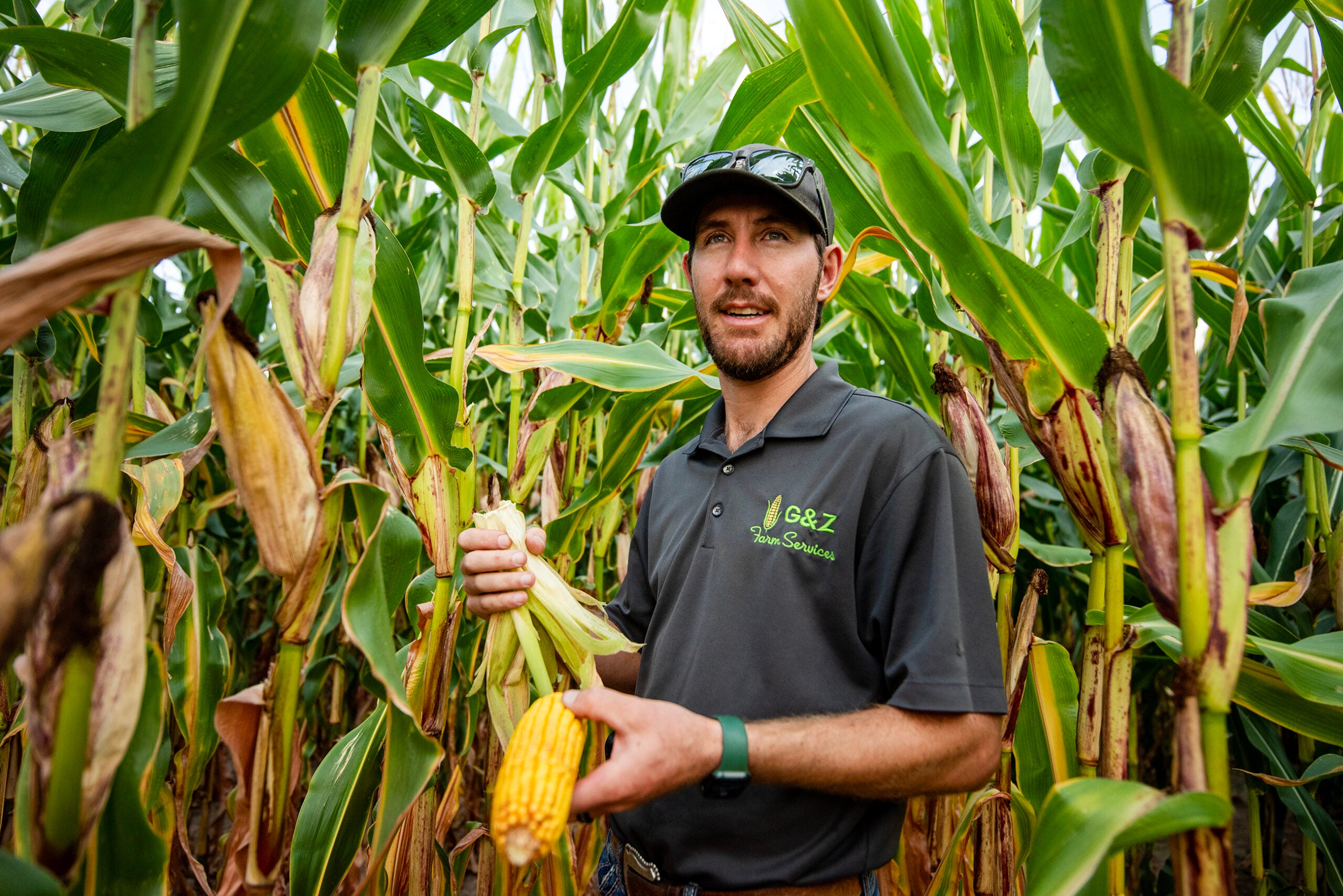A new report from the Federal Reserve Bank of Minneapolis finds farmers in upper Midwest states like Wisconsin might feel the effect of this year’s weather challenges more deeply than the nation has a whole.
The analysis looks at crop production estimates from the U.S. Department of Agriculture for the Federal Reserve’s 9th District, which includes Minnesota, North Dakota, South Dakota, Montana and parts of Wisconsin and Michigan.
After widespread flooding and planting challenges this spring, soybean production in these states are expected to be down 26 percent from last year. That’s slightly higher than the 20-percent decline expected nationally.
News with a little more humanity
WPR’s “Wisconsin Today” newsletter keeps you connected to the state you love without feeling overwhelmed. No paywall. No agenda. No corporate filter.
Joe Mahon, regional economist and author of the report, said planting troubles aren’t the only reason farmers are producing less.
“Some of that was due to decisions that we already knew going into this year that farmers were going to make about potentially planting fewer acres of soybeans in anticipation of reduced demand internationally for American soybeans because of the situation with tariffs and trade disputes,” Mahon said.
Corn production in these states is expected to be down 10 percent from last year, compared to an estimated 4 percent decrease in national production.
Paul Mitchell, director of the Renk Agribusiness Institute at the University of Wisconsin-Madison, said Wisconsin had fewer cases of late planting than South Dakota and Minnesota. He said the state’s dairy industry provides some security for farmers growing corn.
“If you’re in some states without a large dairy or beef cattle you’re feeding, if you can’t make silage out of it, you’re stuck with some wet corn that isn’t quite mature,” Mitchell said. “So it is an opportunity for us in the sense that we can have dairy as a backstop to help us deal with if we get hit with an early frost.”
Mahon said lower crop production could also help boost corn and soybean prices. He said farmers have had higher yields in the last few seasons and the abundance has helped suppress prices.
“In some cases, you might expect to see an inverse of that this year where the production is going to be lower but correspondingly the price per bushel for some of these crops might be higher,” Mahon said.
But Brenda Boetel, chair of agricultural economics at the UW-River Falls, points out demand for crops like corn could also be declining.
“We’re seeing ethanol plants closing, we’re seeing a decrease in the exports of corn and then if we start looking at next marketing year, the number of cattle that are going to be on feed is going to be down,” Boetel said. “So in some ways, if we have a lower supply, it might not be as bullish as people want it to be.”
She said markets will continue to be volatile until the end of harvest, but it’s unlikely that farmers will see a large change in price in the near future.
Wisconsin Public Radio, © Copyright 2025, Board of Regents of the University of Wisconsin System and Wisconsin Educational Communications Board.

